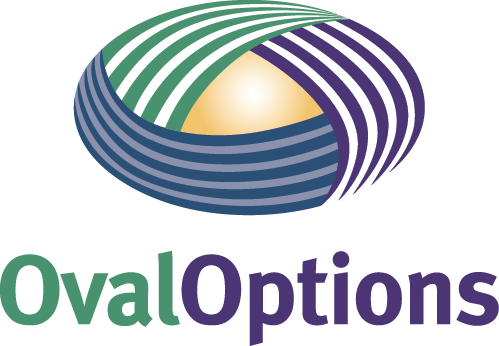Imagine being the victim of a horrible act of violence. Watch this short segment of the Oprah show and put yourself in Carolyn Thomas’s place. Now imagine sitting in the same room and talking to the man responsible. Would you want to be a participant in this mediation? When Carolyn refers to “mediation,” she is actually talking about a very specialized practice called High Risk Victim Offender Dialogue (HRVOD). The primary distinction between HRVOD and a “typical” mediation is that in most mediations, the goal is to reach some form of agreement. There is no agreement in HRVOD. The keyword in this process is dialogue. HRVOD is a process that gives victims the opportunity to ask their offenders tough, focused questions with the goals of achieving closure. Unlike the legal system, HRVOD gives victims a voice. One of the most fundamental aspects of HRVOD is the recognition that when offenders are prosecuted for a crime, that crime is against the state or the government – not against the victim. The intention of the court system is to protect the actual victim as much as possible. The problem is that it greatly reduces the victim’s say in the process. Victims rarely have the opportunity to ask questions or recommend actions. This segment began with one of Oprah’s producers interviewing the offender and asking what he remembered and why it happened. He blamed the incident on a Black & Mild, a type of cigar, that he claimed to be laced with another drug. After hearing this and considering that Carolyn wants to talk to him in a mediation, Oprah’s obvious question, is, “What is there to learn from him?” Many in the audience thought, “You already heard that he blamed everything on a cheap cigar laced with something that made him black out. What else is there to know?” Based on this information, the offender hasn’t fully accepted responsibilities for his actions. What is so different and special about mediation that will help Carolyn heal? Simply put, the difference is confidentiality. You won’t see the follow-up segment with Carolyn, the mediator and the producer on the next Oprah Show. If the mediator is doing her job, she has already sat down with both people and discussed the incident in great detail with the promise of complete confidentiality. This makes a difference because Mr. Kelly is more likely to be open and honest with Carolyn in a mediation than he will be in front of cameras, bringing a large viewing audience into the conversation. In HRVOD cases, the mediators engage in extensive interviews and want to make sure that the offender expresses remorse and accepts responsibility for his actions before they will consider putting him in the room with his victim. Re-victimizing is a huge concern to practitioners in these cases. Knowing the information that mediators are looking for and that the mediation is going forward suggests that Mr. Kelly has given more information than “the cigar made me do it.” The most interesting thing about this type of process is that the victim will have an opportunity to both hear and be heard. She can tell him how his actions have impacted her life, and in turn, she will be able to ask the questions that have been on her mind for the last six years. She will find her voice.
